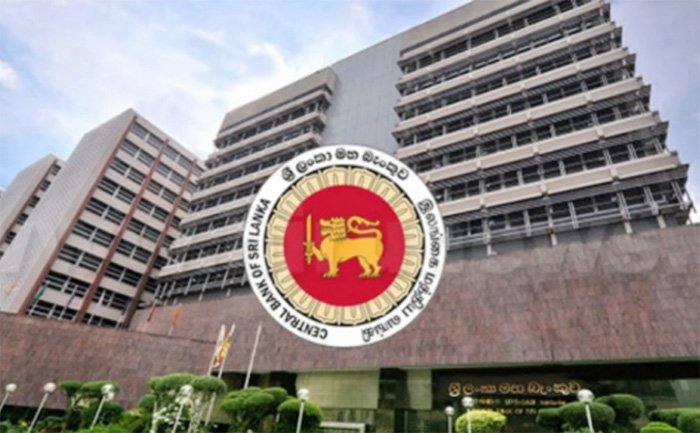
Central Bank’s Treasury Bill Shortage: Urgent Solutions Needed
News Today: Central Bank’s Treasury Bill Shortage and Future Plans
Sri Lanka’s Central Bank is running short of Treasury bills and will resort to alternative methods for domestic operations, Central Bank Governor Nandalal Weerasinghe told Legacy Daily. The Central Bank’s bill stock will mature in the next few months.
“We will deal with it when we come to that. We have several tools we have used in the past, including the statutory reserve ratio to absorb liquidity. Based on our projections, there could be a gradual reduction in liquidity in the next few months,” the Governor stated.
The Central Bank ended up with over three trillion rupees of domestic assets after injecting liquidity during the last currency crisis. Some stock expansion came from maturing zero-coupon bills after monetary stability was reached, and the Central Bank stopped injecting liquidity to enforce a short-term policy rate.
In September last year, large volumes of bills were converted to low-yielding long-term bonds in a domestic debt restructure to reduce near-term refinancing volumes under a Gross Financing Need requirement set by the IMF, triggering a large one-day loss. This left the agency with a smaller portfolio of Treasury bills to absorb liquidity and rebuild foreign reserves.
Governor Weerasinghe mentioned it is too early to determine whether the agency will issue its own securities to absorb liquidity. “There are several instruments. Depending on the ability to buy securities from the market, there could be borrowing for open market operations,” he continued.
The Central Bank stopped issuing its own securities after the end of the civil war amid complaints from market participants about their liquidity and instead used borrowed securities and swaps.
In 2023, the Central Bank restructured 2,368 billion rupees of bills and 345 billion rupees of provisional advances into bills and bonds. The bonds will pay 12.4 percent until 2024, 7.5 percent until 2026, and 5 percent until maturity.




Leave A Comment